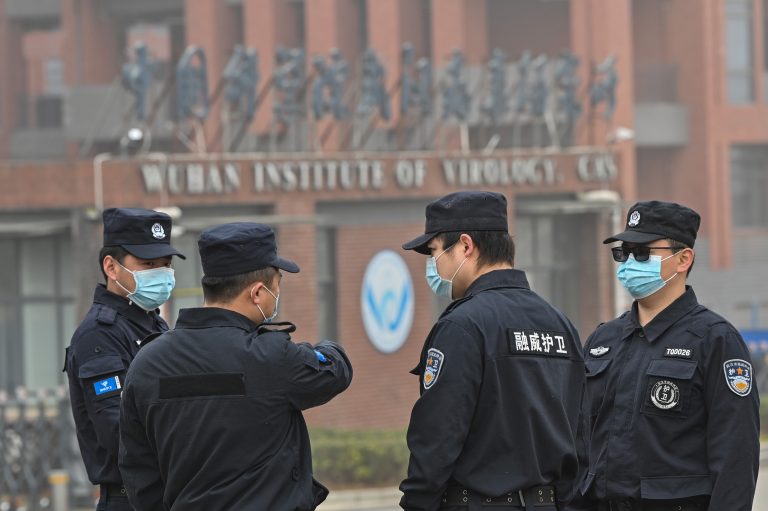China plans to test thousands of blood bank samples from Wuhan as part of its investigation into the origins of the COVID-19 pandemic. However, foreigners won’t be part of the effort and the entire process will be controlled by the Chinese communist regime.
The samples, currently kept at the Wuhan Blood Center, are from 2019 and have been sourced from people in Wuhan, the city where the virus first emerged. There are up to 200,000 blood samples stored in the center.
In February, a panel of investigators from the World Health Organization (WHO) had pointed to these samples as being potentially critical to determining where and how the first COVID-19 virus was transmitted to a human being.
China has begun preparations for testing the samples which will begin once a two-year retention limit expires this year. However, some are worried that Beijing will censor the results of the tests to their liking, thus affecting genuine investigation into the origins of the COVOD-19 virus.
“[The samples] absolutely will contain vital clues… [But] no one will believe any results that China reports unless there are qualified observers at the very least,” Maureen Miller, associate professor of epidemiology at Columbia University, told CNN.
Success
You are now signed up for our newsletter
Success
Check your email to complete sign up
According to Yanzhong Huang, senior fellow for global health at the Council on Foreign Relations, the blood samples will help in ascertaining the timing of the viral outbreak. However, Huang also admitted that he was unsure as to what extent the “outside world would trust the findings as credible or convincing.”
The decision to test blood samples comes after Beijing recently refused a WHO request to access wildlife farms and bat caves in the Enshi region located west of Wuhan. Enshi is famous for being a wildlife farming hub where thousands of animals, including raccoon dogs, civets, ferret badgers, etc. are bred.
These farms are located near bat caves. Experts believe that some of these animals at the farm might have acted as an intermediary to transfer bat coronavirus into humans.
An anonymous source revealed to The Washington Post that some of the animals sold in Wuhan prior to the pandemic outbreak came from these farms.
“We really need to find out more about what viruses are circulating in those bats [in the Enshi caves]… That kind of proximity of farmed animals and bats that could be carrying coronaviruses is exactly the kind of thing we worry about,” Michael Worobey, an evolutionary biologist at the University of Arizona, said to the media outlet.
China’s experimentation on coronaviruses is also another potential trigger point of the pandemic. Last month, documents released by “US Right To Know” showed that the Wuhan Institute of Virology (WIV), a facility at the center of the lab-leak theory of the COVID-19 origin, conducted research on coronaviruses found in bats. Mice, spliced with human tissue, were infected with these modified viruses.
In an interview with The Sun, Richard Ebright, biosafety expert and professor of chemistry and chemical biology at Rutgers University, stated that some coronaviruses were modified so significantly to make them extremely dangerous.
“The documents further reveal that at least three of the laboratory-generated SARS-related coronaviruses exhibited much higher — 10 times to 10,000 times higher — viral load in humanized mice than the starting bat virus from which they were constructed,” Ebright said.














